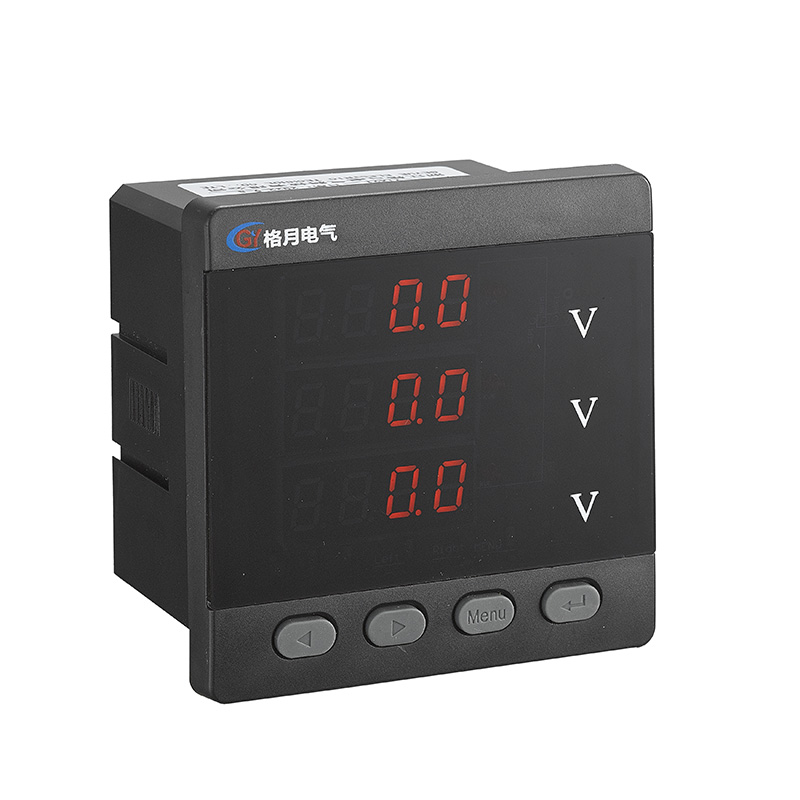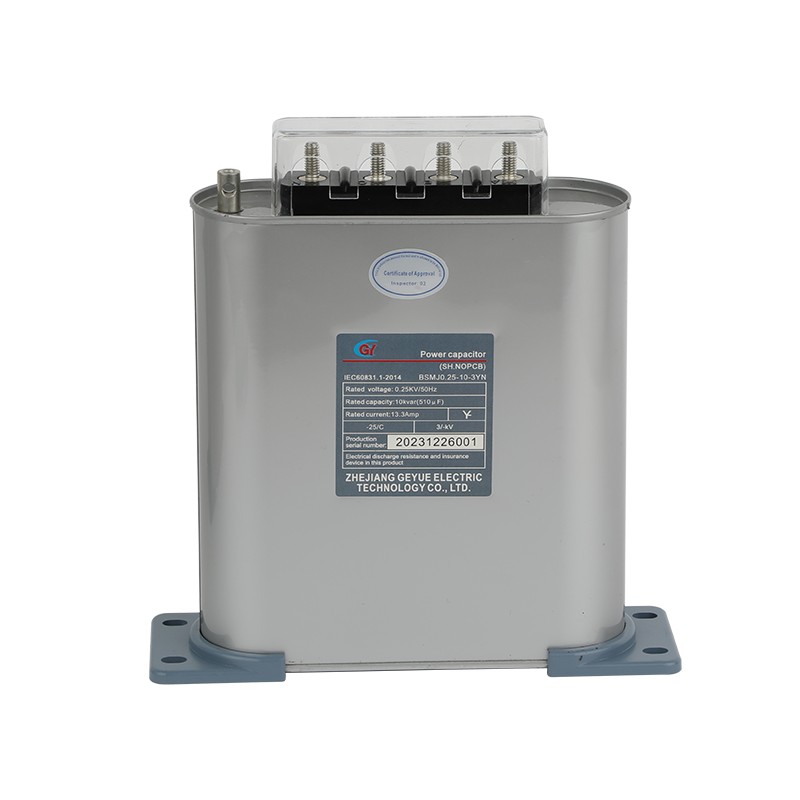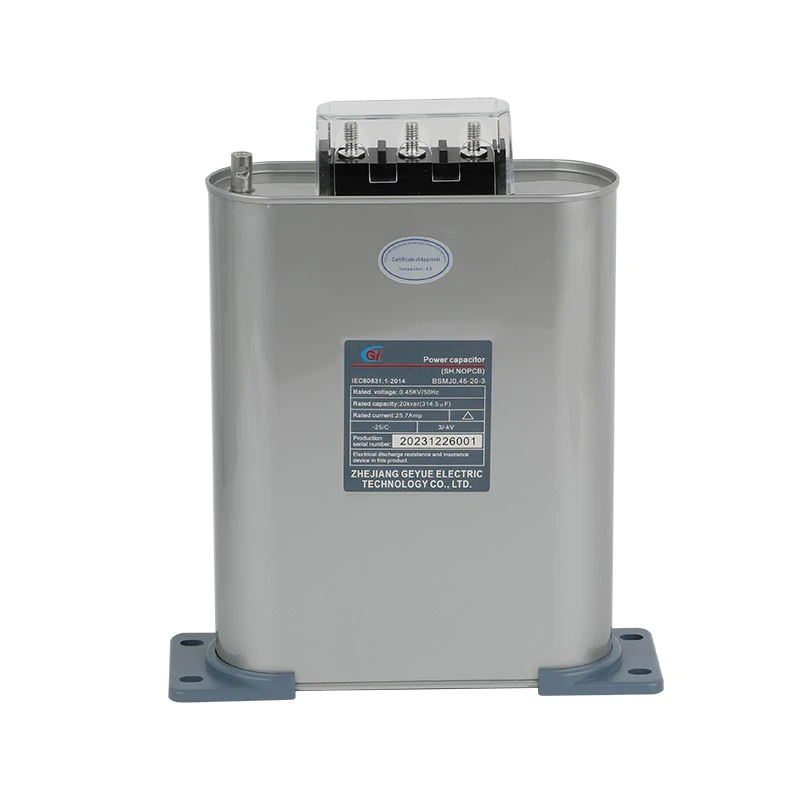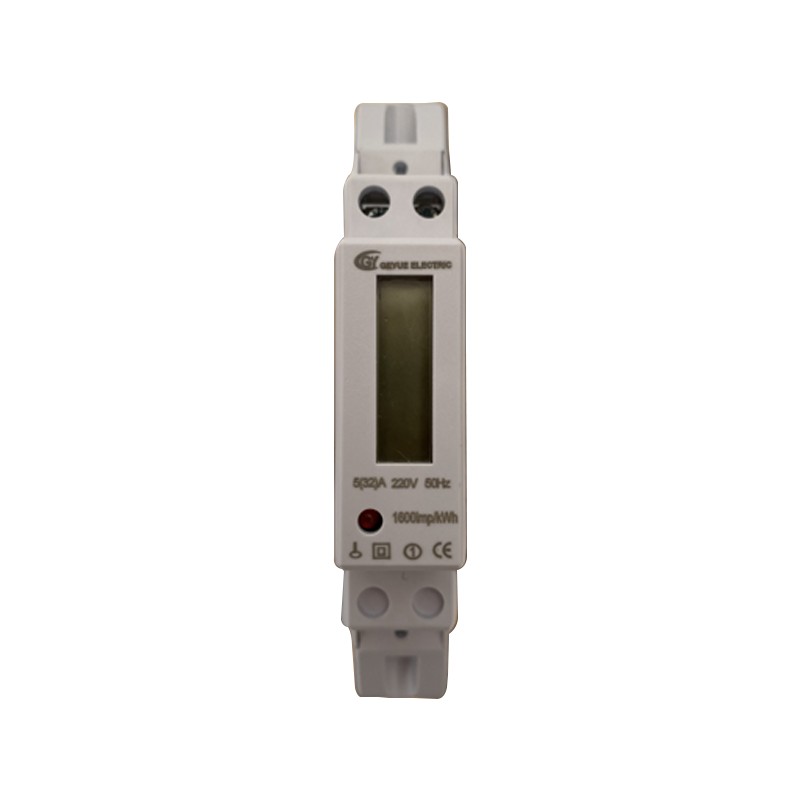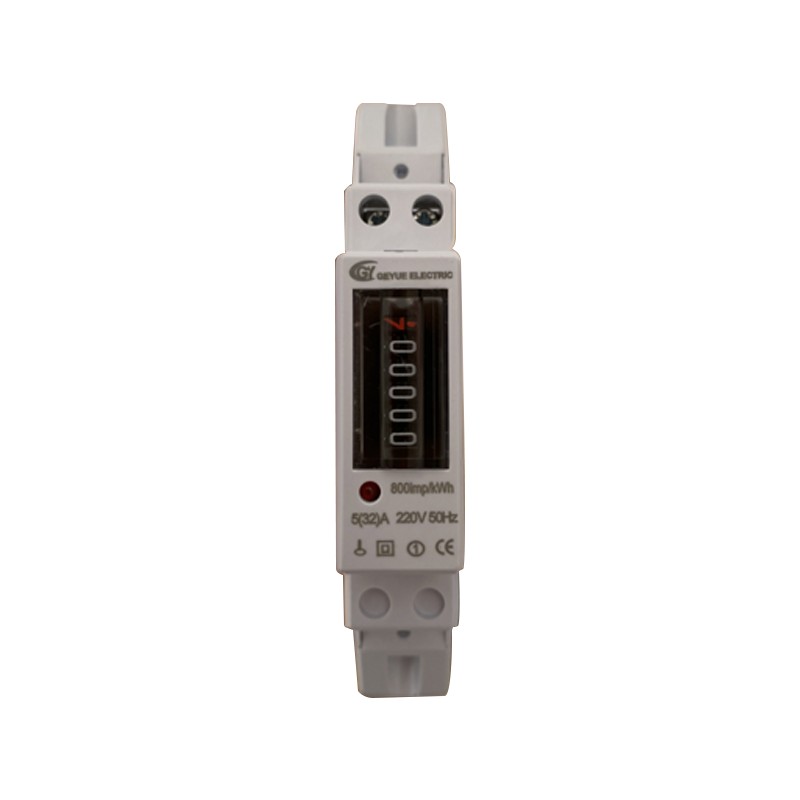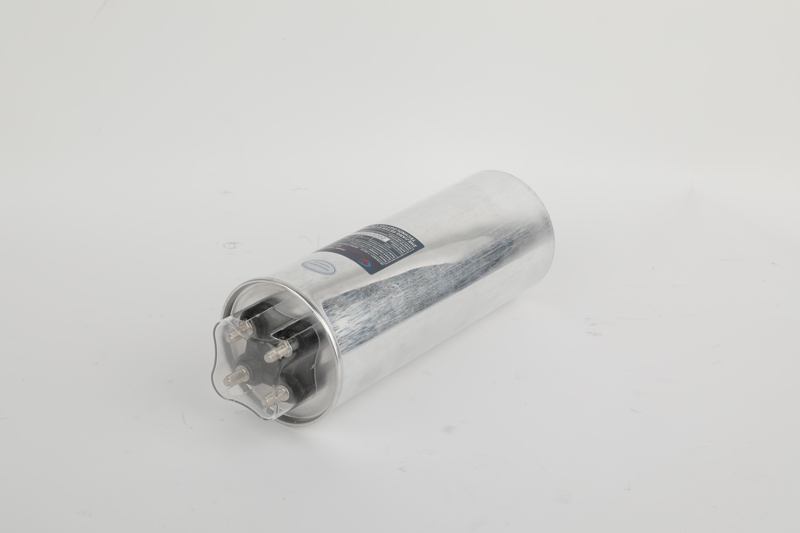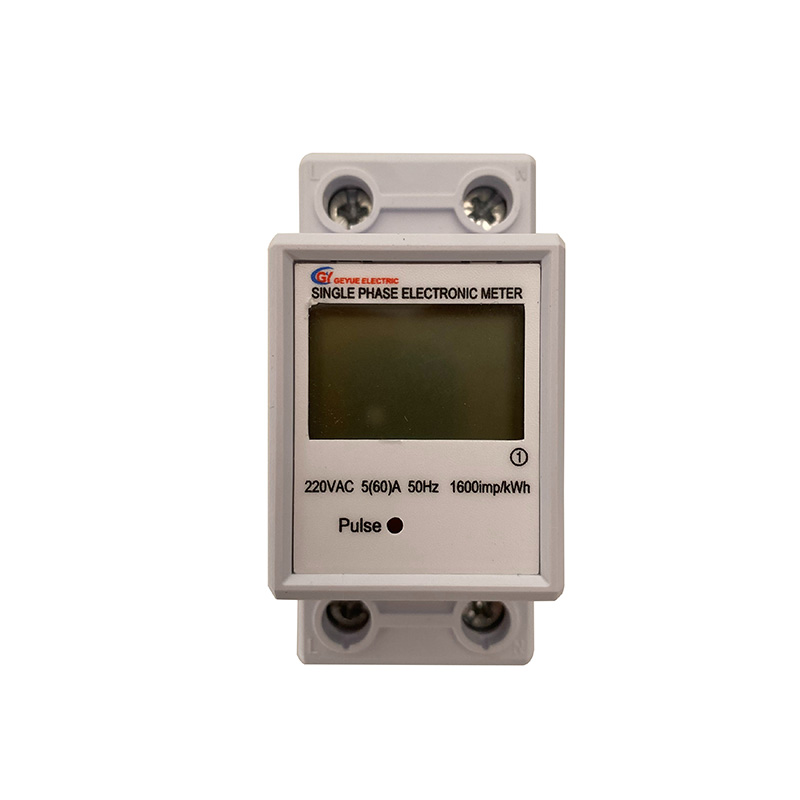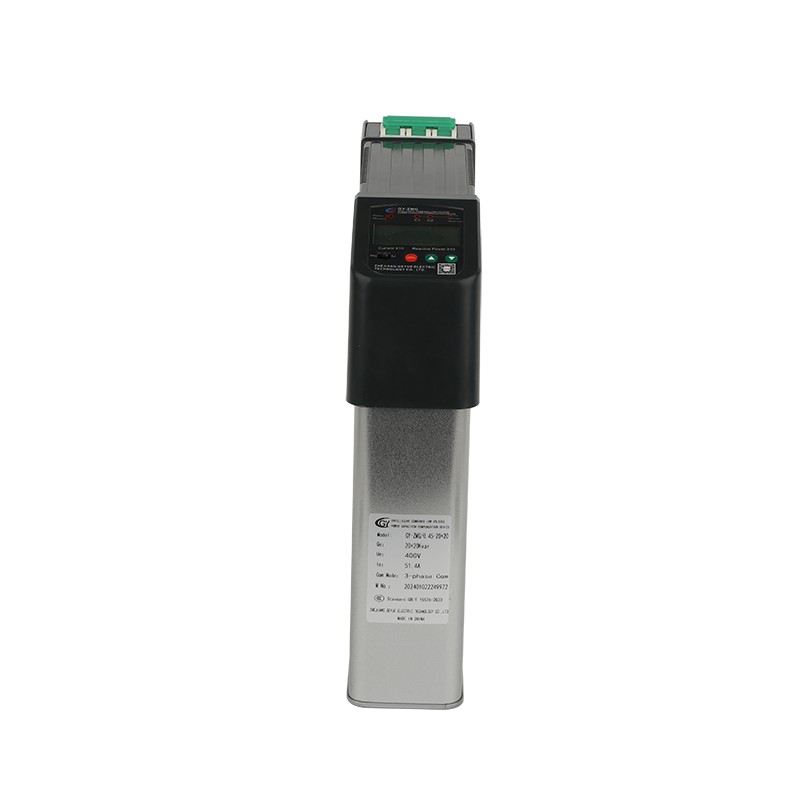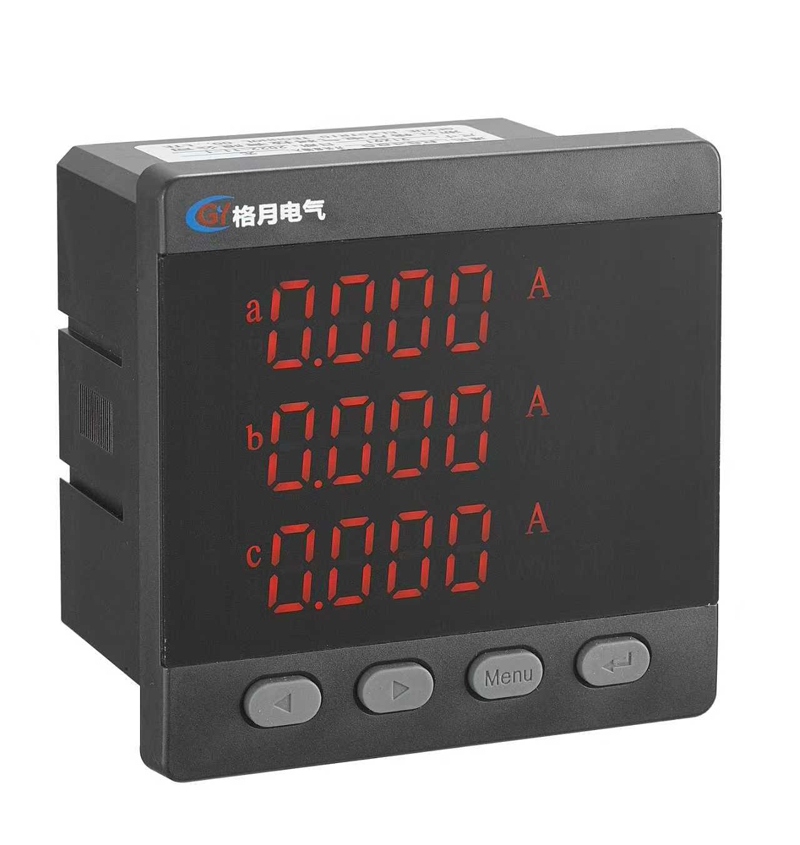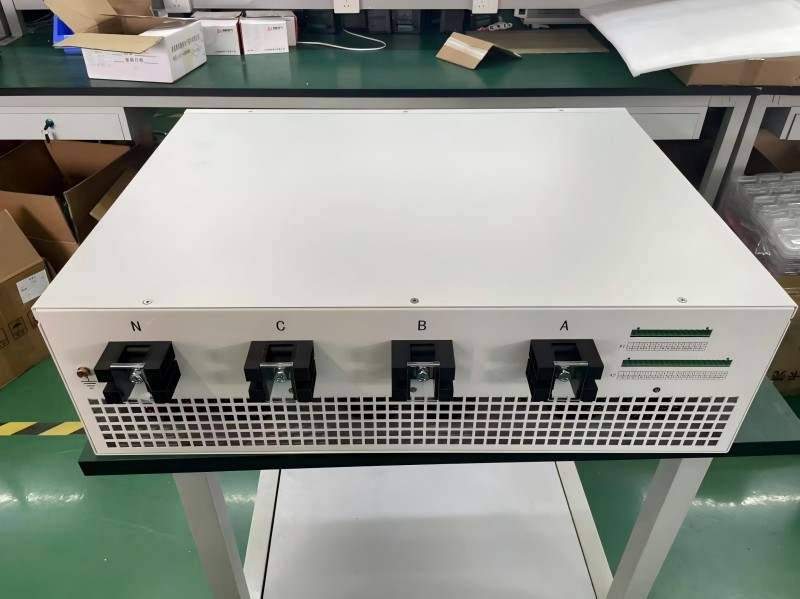Why does Energy Storage PCS Need to Achieve Deep Collaborative Control with SVG?
The construction of the new power system is accelerating, and the high proportion of renewable energy access poses unprecedented challenges to the stable operation of the power grid. As a manufacturer of low-voltage reactive power compensation equipment, Geyue Electric believes that the deep collaborative control of energy storage converters and static var generators has become a key technology to ensure the safe and stable operation of the power grid. This collaboration is not just a simple coordination at the equipment level, but a deep integration of system-level control strategies, which will have a profound impact on the future development of the power system.
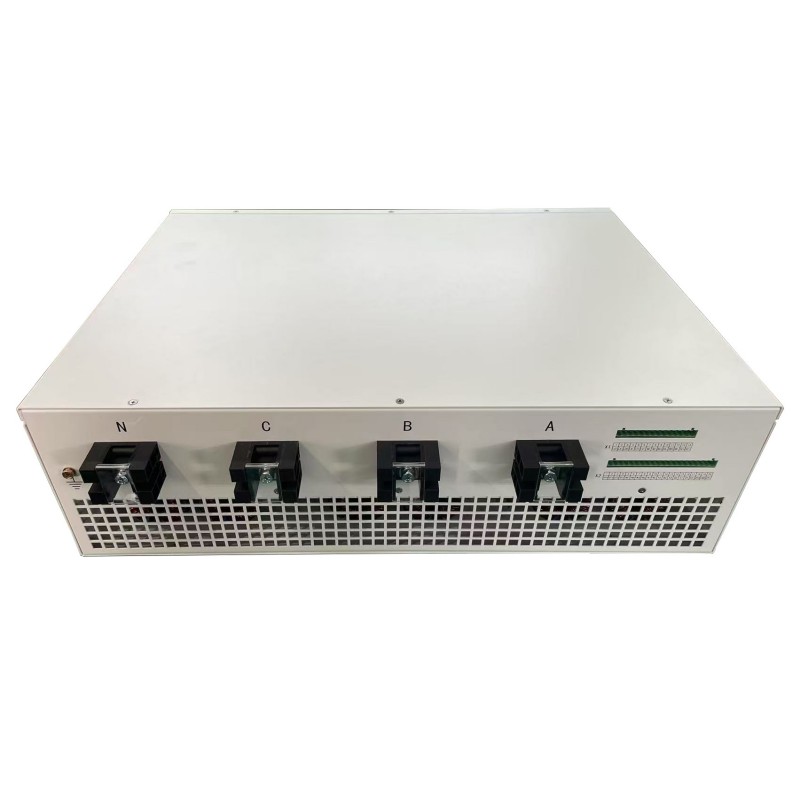
The stable operation of the system requires coordinated control of active and reactive power
In modern power systems, the proportion of intermittent power sources such as wind power and photovoltaic power is constantly increasing, while the system inertia is continuously decreasing, posing severe challenges to frequency stability. The energy storage type power control system, with its strong power regulation capability, can respond to frequency changes within seconds. However, its drawback is that its reactive power regulation capacity is relatively limited. SVG, as a professional reactive power compensation device, can provide dynamic reactive power support, but it cannot perform active power regulation. This functional complementarity makes the coordinated control of these two devices particularly important.
In actual operation, problems of both voltage and frequency in the power grid often occur simultaneously. When the load suddenly increases, the system frequency drops while voltage also experiences a decline. Relying solely on PCS for active power support or SVG for reactive power compensation is difficult to achieve the best control effect. Only by deeply integrating the two control systems can coordinated control of active and reactive power be achieved, providing active power support and reactive power compensation simultaneously during frequency fluctuations, significantly enhancing the stability of the system.
The operation data of the energy storage project supporting a certain wind power plant show that after adopting the collaborative control system, the fluctuation amplitude of the grid connection voltage has decreased by 60%, and the frequency deviation is controlled within ±0.2 hertz. This control effect far exceeds what can be achieved by using only PCS or SVG alone. Especially in the regional power grid with a high proportion of renewable energy access, the advantages of this collaborative control are even more obvious.
The maximization of economic operation benefits relies on collaborative control strategies
In the electricity market environment, energy storage systems need to earn income by participating in auxiliary services such as frequency regulation and voltage regulation. The standalone PCS can only provide services related to active power, while the SVG focuses on reactive power. This single-service model limits the economic benefits of energy storage systems. To overcome this limitation, coordinated control is indispensable. It enables the system to participate in multiple auxiliary service markets simultaneously, significantly enhancing the economic benefits of energy storage systems.
Specifically speaking, during peak electricity usage periods, the role of the PCS is to release excess electricity to reduce the cost of electricity procurement, while the role of the SVG is to compensate for reactive power to minimize power grid losses. The two working together can achieve maximum overall benefits. This collaborative control can also dynamically adjust the operation strategy based on the real-time changes in market prices to ensure that it is always in the optimal economic operation state. The practice of a photovoltaic-storage project in a commercial park shows that after adopting collaborative control, the revenue from ancillary services increased by 35%, and the investment payback period was shortened by 2.3 years.
Furthermore, collaborative control can also extend the lifespan of the equipment. Through optimizing the power distribution and avoiding individual equipment overload, collaborative control reduces the wear and tear of the equipment. This intelligent operation mode not only enhances economic benefits but also improves the reliability of the system.
The enhancement of fault response capabilities requires collaborative control support
During power grid failures, voltage drops and frequency fluctuations often occur simultaneously, requiring rapid comprehensive support. In the traditional individual control mode, PCS and SVG usually operate according to preset fixed strategies, which are difficult to adapt to complex fault conditions. This deep collaboration control system can monitor the status of the power grid in real time, and can automatically adjust the control strategy when the grid fails, as well as provide the optimal support solution based on the type and severity of the fault.
Especially in regions with high penetration of new energy sources, adopting coordinated control can effectively prevent the occurrence of cascading failures in the system. When the grid experiences a voltage drop, the SVG can quickly provide reactive power support, while the PCS can simultaneously provide active power support, jointly maintaining system stability. The operation experience of a micro-grid on an island shows that the energy storage device equipped with the coordinated control system successfully avoided four system collapses caused by typhoon weather.
The collaborative control system also has the ability of self-learning. It can continuously optimize the control strategy based on historical fault data, that is, it can improve future decisions by learning from past mistakes. This intelligent approach to handling faults enables the system to grow in a spiral manner, providing a strong guarantee for the continuous power supply of critical loads.
The deep collaborative control of energy storage PCS and SVG is a key technology for building a new power system. It not only enhances system stability and economic benefits, but also strengthens the grid's ability to handle faults. With the continuous increase in the proportion of renewable energy, the importance of this collaborative control will become increasingly prominent. We, Geyue Electric believe that through continuous technological innovation and practical exploration, the collaborative control of energy storage systems and reactive power compensation equipment will provide more powerful support for building a clean, low-carbon, and safe and efficient energy system. In the future, we will continue to work together with industry partners to jointly promote the development of the power system towards a more intelligent, efficient, and reliable direction. If your new project requires a one-stop low-voltage reactive power compensation solutions, please feel free to write to info@gyele.com.cn.
- Can AC contactors become key actuators in industrial automation control?
- Can Self-healing Shunt Capacitor Become a Key Support for Smart Grid Construction?
- How Can Multifunctional Meter Lead a New Revolution in Energy Management?
- Can Active Power Filters Become the Key to Solving Power Quality Problems?
- What Role do Reactors Play in Modern Power Systems?
- Can Capacitor Switches Become Key Equipment in the Smart Grid Era?


